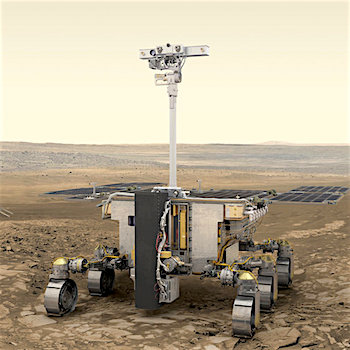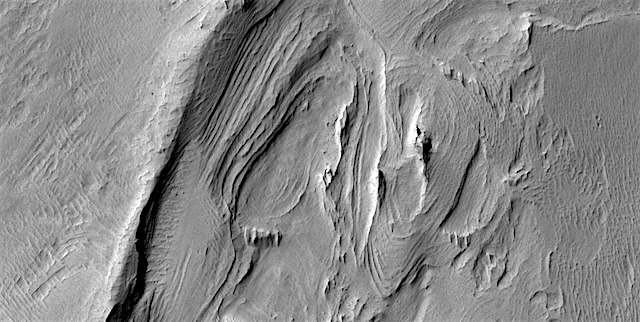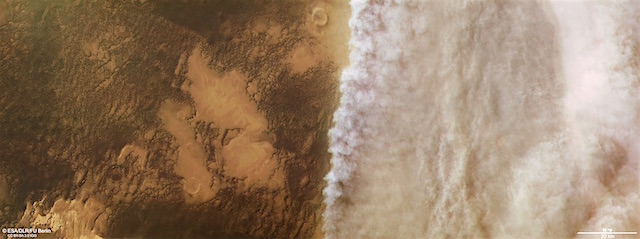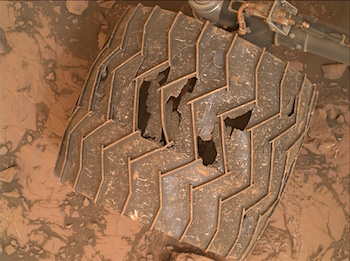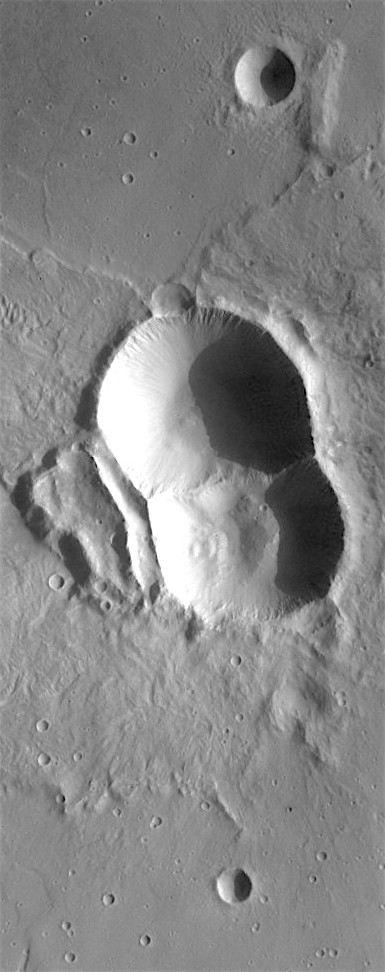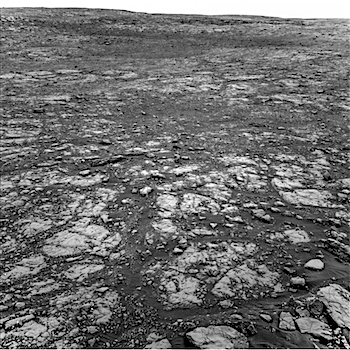 Sol 2116, July 19, 2018, update by MSL scientist Ken Herkenhoff: The Sol 2115 wheel imaging went well, and we received the images needed to plan a drive back to “Sgurr of Eigg,” near the Sol 1999 rover position. The >50-meter drive dominates the Sol 2116 plan, but leaves time for continued atmospheric and other scientific observations. Before the drive, Right Mastcam will image the ChemCam target selected by AEGIS on Sol 2115 and Navcam will monitor the opacity of the atmosphere. After the drive and the standard post-drive imaging needed to plan weekend… [More at link]
Sol 2116, July 19, 2018, update by MSL scientist Ken Herkenhoff: The Sol 2115 wheel imaging went well, and we received the images needed to plan a drive back to “Sgurr of Eigg,” near the Sol 1999 rover position. The >50-meter drive dominates the Sol 2116 plan, but leaves time for continued atmospheric and other scientific observations. Before the drive, Right Mastcam will image the ChemCam target selected by AEGIS on Sol 2115 and Navcam will monitor the opacity of the atmosphere. After the drive and the standard post-drive imaging needed to plan weekend… [More at link]
-
Recent Posts
Archives
Links
general
mission instruments
- CRISM: Compact Reconnaissance Imaging Spectrometer for Mars
- CTX: Context Camera
- HiRISE: High Resolution Imaging Science Experiment
- MARSIS: Mars Advanced Radar for Subsurface and Ionosphere Sounding
- SHARAD: Shallow Radar
- THEMIS: Thermal Emission Imaging System
missions
- All Mars missions list
- Curiosity rover
- ExoMars
- Hope (al-Amal) orbiter
- InSight
- Mars Atmosphere and Volatile Evolution Mission (MAVEN)
- Mars Exploration Rovers (MER)
- Mars Express (MEX)
- Mars Odyssey
- Mars Orbiter Mission (MOM) / Mangalyaan
- Mars Reconnaissance Orbiter (MRO)
- Mars Science Laboratory (MSL)
- Perseverance Rover
- Tianwen-1 orbiter/rover
news









